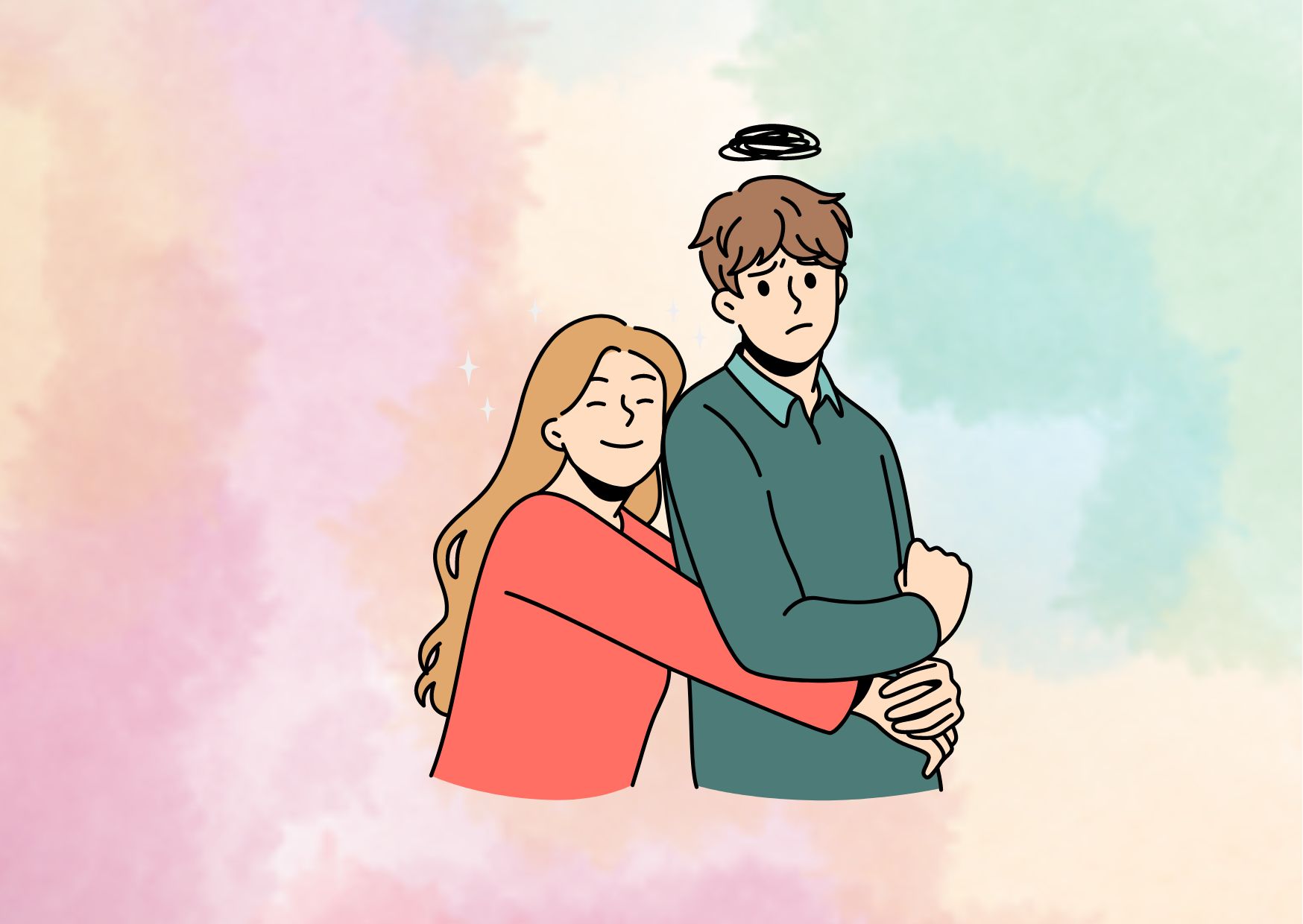Understanding Beige Flags Meaning in Relationships
In the ever-evolving world of relationships, a new term has gained popularity on social media platforms like TikTok: beige flags. Unlike the well-known red flags that signal potential danger, beige flags refer to subtle quirks or traits in a partner that are neither positive nor negative. Understanding beige flag meaning has become crucial for individuals navigating the complexities of modern dating and long-term relationships.
This article delves into the concept of beige flags, exploring their significance in relationships and how they differ from red flags. It examines the psychology behind these personality quirks and provides insights on how to navigate them effectively. By the end, readers will have a comprehensive understanding of beige flags, their impact on relationships, and how to approach them constructively in their own romantic partnerships.
What Are Beige Flags in Relationships?
Definition and origin
Beige flags have become a popular concept in the world of modern dating and relationships. The term refers to personality quirks or traits that are neither positive nor negative but fall somewhere in between. These characteristics are often described as odd, eccentric, or weird, catching one’s attention without necessarily being deal-breakers.
The concept of beige flags gained traction on social media platforms, particularly TikTok, where it has become a trending topic. Originally, the term was coined to describe traits on dating profiles that came across as boring or neutral. However, its meaning has evolved to encompass quirky behaviors that make people pause and think, “What are they doing?”
Examples of beige flags
Beige flags can manifest in various ways, and what constitutes a beige flag can differ from person to person. Here are some common examples:
- Always asking for a waiter’s recommendation, only to ignore it
- Setting timers instead of alarms for waking up
- Giving inanimate objects pronouns
- Using straws for every drink, including hot beverages
- Clapping when a plane lands
- Refusing to sit anywhere but “their” seat
- Talking to animals in public
- Having an extensive collection of an obscure item
These quirks are often harmless and can even become endearing over time. They represent the unique aspects of a person’s personality that make them who they are.
How beige flags differ from red and green flags
To understand beige flags better, it’s essential to differentiate them from red and green flags in relationships. Green flags are positive traits or behaviors that indicate a healthy relationship potential. They might include demonstrations of honesty, kindness, or a willingness to communicate effectively.
Red flags, on the other hand, are warning signs that suggest potential problems in a relationship. These could include behaviors like infidelity, poor communication, or disrespect towards others. Red flags are typically deal-breakers that warrant serious consideration.
Beige flags occupy a middle ground between red and green flags. They are neither inherently positive nor negative but rather neutral characteristics that may raise eyebrows or cause slight confusion. Unlike red flags, beige flags don’t necessarily indicate toxicity or incompatibility. They’re more like cautionary nudges that encourage a closer look at the person you’re dating.
Interpretative challenge
It’s important to note that beige flags are subjective and can be interpreted differently by various individuals. What one person considers a beige flag, another might view as a charming quirk or even a green flag. The key is to evaluate these traits in the context of the overall relationship and determine whether they’re something you can accept or even appreciate in a partner.
In conclusion, beige flags in relationships represent those unique, sometimes puzzling behaviors that make us human. They add depth and character to our interactions, reminding us that no one is perfect and that our quirks can be part of what makes us lovable. As you navigate the world of dating and relationships, keep an open mind about beige flags – they might just be the quirky traits that make your partner uniquely endearing.
Suggestion for read: How to Deal with a Dominant Partner
The Psychology Behind Beige Flags
Why we notice quirks in partners
People tend to pay attention to quirks in their partners because these unique traits often stand out against the backdrop of everyday interactions. As relationships progress, individuals become more attuned to their partner’s behaviors, including those that might be considered beige flags. This heightened awareness stems from the human tendency to seek patterns and categorize information, even in interpersonal relationships.

